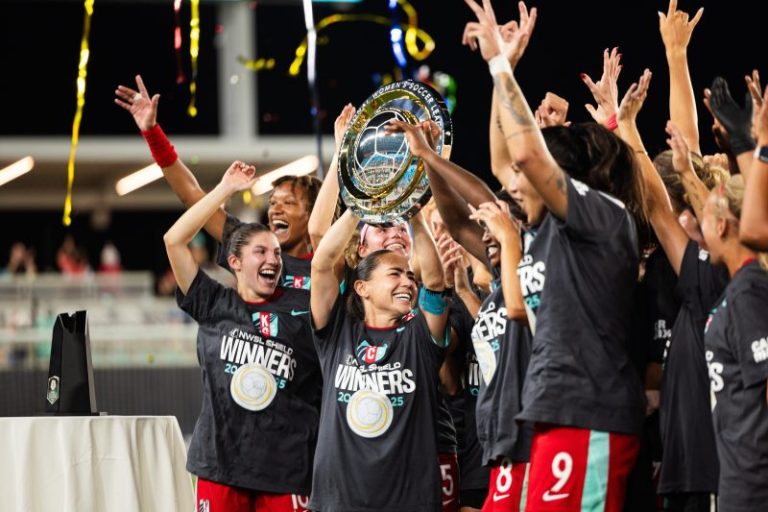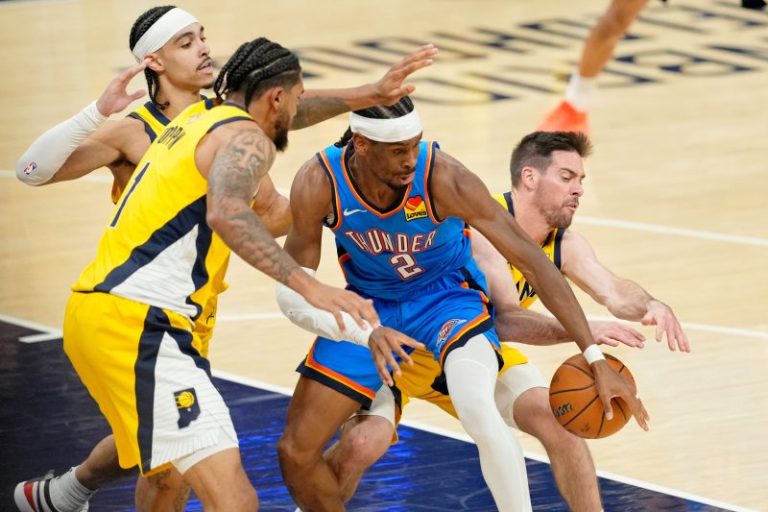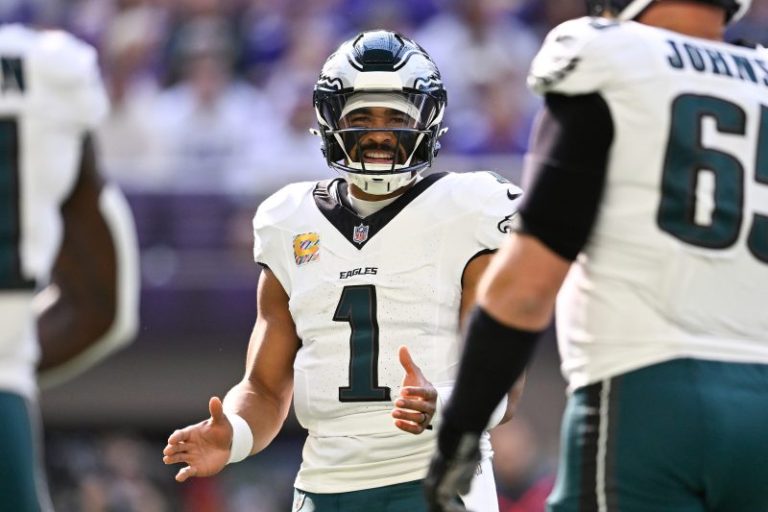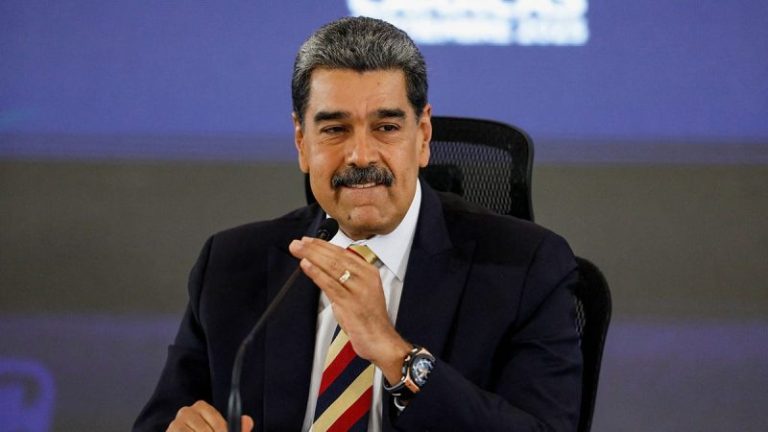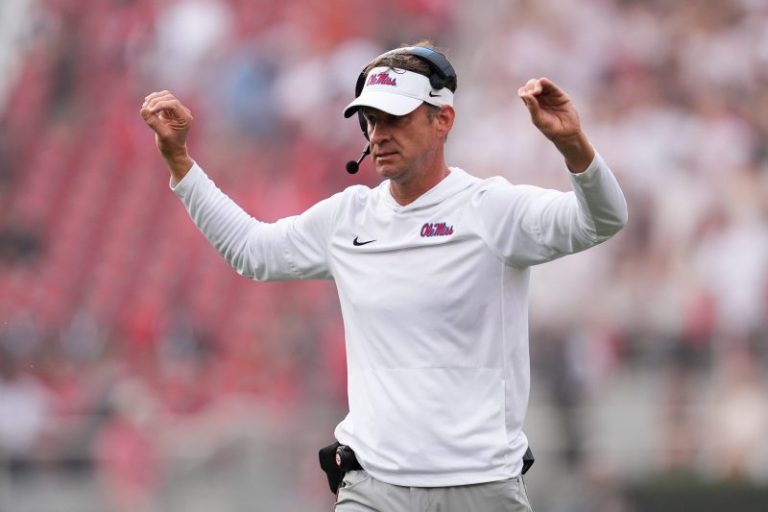‘Who Killed the Montreal Expos?’ premieres on the streaming platform Netflix on Oct. 21.
Directed by Jean-François Poisson, viewers will get a baseball business lecture on how not to run a professional sports team.
The Montreal Expos had the best record in Major League Baseball when the 1994 strike wiped out the rest of the season and World Series.
While the Toronto Blue Jays have captured the imagination of Canadian baseball fans by progressing to this year’s American League Championship Series, another Canada-based Major League Baseball team, albeit a defunct one, is also back in the spotlight.
That team hasn’t been around in more than two decades, but Netflix is ensuring those who had fond memories of the Montreal Expos, the first MLB team based outside the United States, don’t forget.
For Expos fans, the mere mention of the Washington Nationals or watching their 2019 World Series triumph has to feel like adding insult to injury as they just completed their 21st season in D.C. That doesn’t mean there aren’t still hurt feelings about their southern departure, and Netflix tries to explore the hows and whys in its new documentary ‘Who Killed the Montreal Expos?’ premiering Oct. 21 on the streaming platform.
To even attempt to answer that question, you first have to identify the suspects, and there is no shortage of them. So much so that it would put any episode of ‘Law & Order’ or ‘CSI’ to shame.
After 91 minutes of watching the documentary, directed with an uneasy urgency by Jean-François Poisson, you won’t get a definitive resolution. What viewers will get here is a baseball business lecture on how not to run a professional sports team, with the actual baseball being played on the field filling in as a secondary character, as the film spends a mere six minutes discussing the most successful season in the team’s history in 1994. That year, Montreal had the best record in baseball before a strike wiped out the season and the World Series.
From art dealer Jeffrey Loria, who bought part of the team in 1999, his stepson, executive vice-president David Samson, Major League Baseball, former premier Lucien Bouchard, and even the citizens of Quebec are all put under the microscope, complete with the hurt feelings, finger-pointing, and blame-assigning that are usually reserved for a contentious divorce proceeding.
Lately, documentaries, especially in sports, have adopted the format of ‘The Last Dance,’ where the story’s timeline is thrown out the window, expecting viewers to pay attention and follow the narrative. ‘Who Killed the Montreal Expos?’ also features key players from the team sharing their perspectives on the drama, including Hall of Famers Pedro Martinez, Vladimir Guerrero Sr., Larry Walker, and manager Felipe Alou.
It’s easy to pinpoint when trouble began, and once the 1980s rolled around and the dominoes started to fall, it was just a matter of time before the business of baseball reared its ugly head with new million-dollar salaries, television deals, and team president and principal owner Claude Brochu’s failure to secure the necessary financing for a new stadium to keep the team in Montreal.
But it’s Samson, with his no-nonsense, gregarious personality, that hijacks the film, making it easy to make him public enemy No. 1 in the eyes of many Montrealers. Those interviewed saved their best insults for the now-podcaster, with such zingers as calling him ‘arrogant’ and ‘self-satisfied,’ also saying, ‘I’ve yet to meet someone who likes him,’ and that Samson ‘carried a mirror everywhere he went so he could see himself.’
Samson, for his part, doesn’t care about the name-calling but also denies being the reason for the Expos’ demise. He does, however, admit he understands why people might hate him.
‘The fact of the matter is, baseball in Montreal doesn’t work,’ Samson said.
It certainly didn’t work for Samson and especially Loria, who sold the team for $120 million to a Major League Baseball partnership just three years after acquiring the Expos, and immediately bought the Florida Marlins, taking Samson along with him.
The only thing most people in the film agree on is that money played a big part in the eventual move to Washington, D.C. Even losing millions of dollars every year since playing their first MLB game in 1969 due to blatant business incompetence, a crumbling stadium, a Quebec government that had better things to do than to invest a single dollar in a baseball team, and a post-strike fire sale of players didn’t deter loyal fans, who truly believed (maybe foolishly) the team could be saved.
There is a real heart and suffering shown throughout the documentary, and it is captured beautifully by Poisson. The pain in discussing the loss of a team, as expressed by some of the journalists and fans interviewed for the film, still resonates two decades after the team left. When footage of the Expos’ last home game at Olympic Stadium on Sept. 29, 2004, is shown, tears capture the silent emotion and leave thoughts of what could have been.
Many of the 31,395 fans who showed up that fateful day to watch the Marlins, of all teams, beat the Expos 9-1, probably still hold out hope that an MLB franchise will return to their beloved city. With expansion likely being announced by decade’s end, Montreal doesn’t seem to be in baseball’s immediate future.
‘As good as we are in hockey, Montreal is a baseball city,’ Martinez said.



